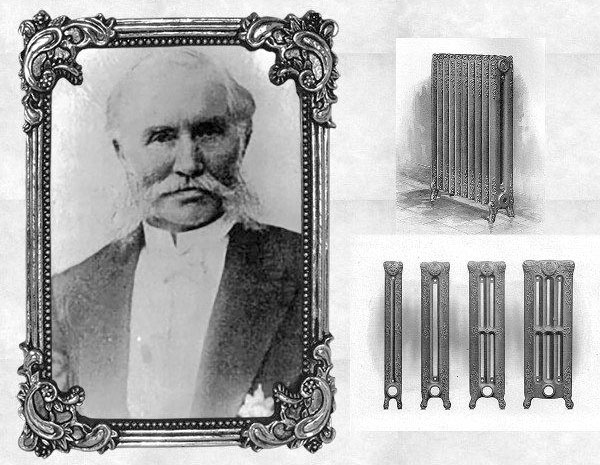History
The History of the Radiator
Thankfully, radiators today aren't just for providing heat anymore! As homeowners try to create a look from a particular time period, the way a radiator looks is just as important as how well it performs. Vintage-style period cast iron radiators are definitely having a resurgence but also so are more practical radiators that need to fit into specific spaces.
Early days in Ancient Rome
The history of the radiator, as it turns out, is quite an old one. Providing central heat in a home dates all the way back to ancient Rome, as the invention of the hypocaust allowed a furnace to add heat to air and then send it through spaces beneath floors to warm the rooms above. A similar system appears to have been at work in ancient Korea, maybe as long ago as the Bronze Age. The first water based system for central heating dates back to 1700 in early Russia.
1830’s England
Once the technology for maintaining steam generation became possible, systems using steam to heat living spaces began to appear in the 1830s, beginning with the home of John Horley Palmer. Palmer was then the Governor of the Bank of England, and his heating system allowed him to cultivate grapes indoors in the chilly climate of the British Isles.
The Modern Radiator
As far as the modern radiator, several people claim to have been the first to make one. Franz San Galli, a Russian businessman, developed an early radiator in 1857, and Robert Briggs and Joseph Nason also came up with a radiator system using vertical iron tubes in 1863. 1872 saw the invention of the ‘Bundy Loop,’ a popular design in cast iron that forms the basis of many modern heating products.
It was the Victorian era, however, that saw radiators become decorative items as well as functional heaters, but it took until almost the end of the 20th century for the radiator to become more of an accessory than a need. While many thought at the time that the cast iron radiator was too bulky for everyday use, its status as a source of nostalgia makes it increasingly popular among interior designers today.

